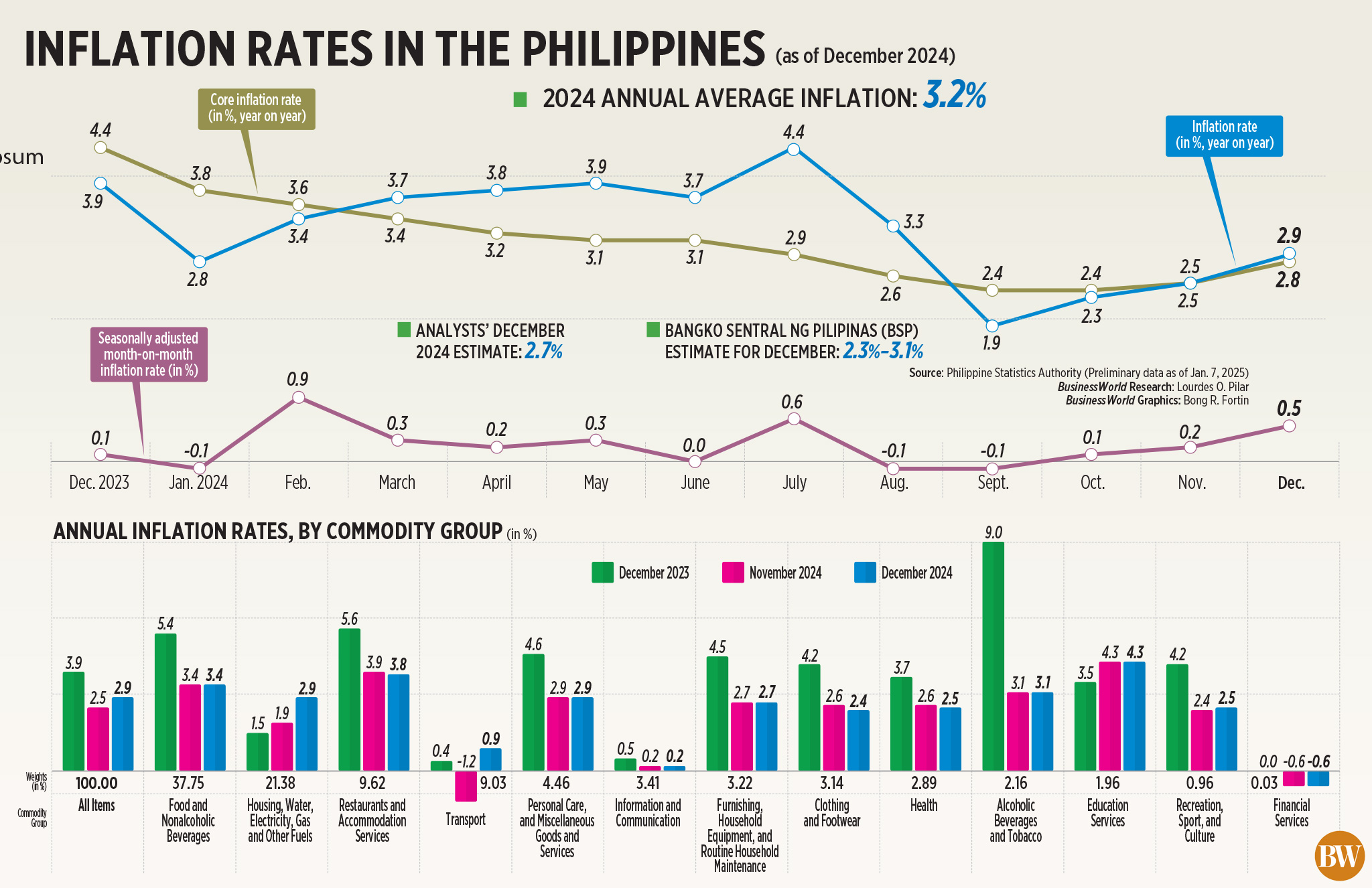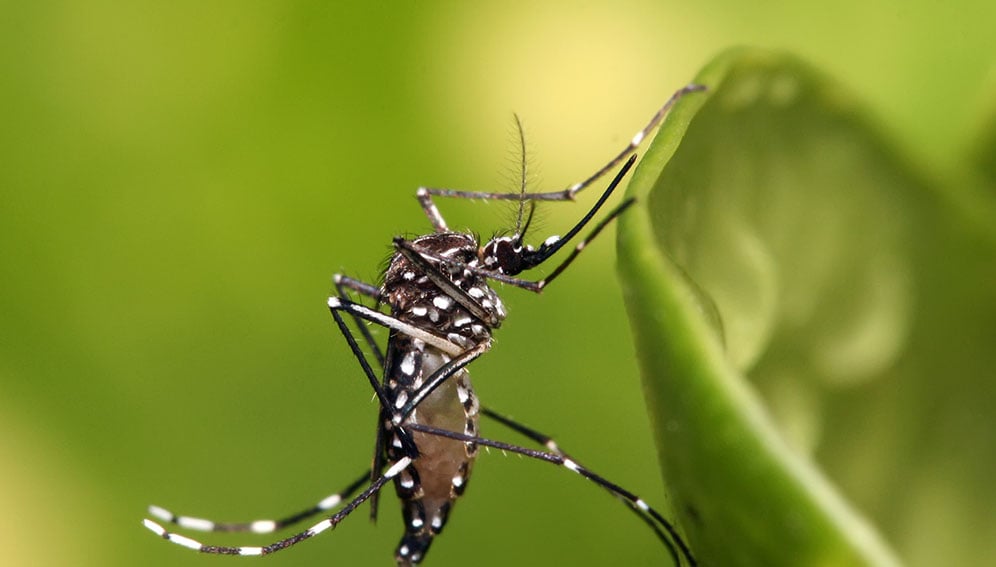The sowing of rabi crops this year points to the area under wheat gaining over mustard, a pointer that farmers are looking to bank on a cereal that offers a stable price rather than depending on an oilseed that fluctuates in line with the global edible oil price trend.
As of December 13, the sowing of rabi crops has been completed in nearly 88 per cent of the normal (last five years average) of 635.60 lakh hectares (lh). The total area under all rabi crops has reached 558.80 lh against 556.67 lh in the year-ago period, up by 0.4 per cent. Acreage of many of the rabi crops, except wheat, were either flat or lower than a year ago, data showed
Wheat leads
The sowing of wheat, the key rabi season’s cereal, continued to lead despite a delayed start to planting this year and up by 3.1 per cent at 293.11 lh now from 284.17 lh in the year-ago period.
The government is hopeful of achieving the targeted production even when experts have expressed concerns over delayed sowing of wheat this year as its normal window closes by mid-November in the north-west region.
On the other hand, mustard acreage dipped 5.5 per cent at 85.56 lh from 90.40 lh and groundnut dropped 5.3 per cent to 2.62 lh from 2.81 lh. The safflower acreage was flat at 57,000 hectares while acreage under all rabi oilseeds crops declined 5.5 per cent to 91.60 lh from 96.96 lh.
Official sources said the main reason for the fall in the area under mustard was high temperature until mid-November when the maximum sowing takes place in Rajasthan, the largest producer having about 40 per cent share in the total mustard area of the country, and adjoining districts of Madhya Pradesh, Uttar Pradesh and Haryana.
Rajasthan’s bonus
But farmer leaders said the announcement of ₹125/quintal bonus over and above its minimum support price (MSP) of ₹2,425/quintal on wheat procurement starting from March 10, 2025, by Rajasthan has also impacted the decision of farmers to shift from mustard to wheat and chana, depending on the availability of water. The wheat sowing in the State has reached 28.05 lh against 23.98 lh a year ago while the target is to raise the area to 32 lh. The area under chana is also up at 19.66 lh from 18.26 lh in Rajasthan.
Meanwhile, among other Rabi crops, paddy acreage is higher by 6 per cent at 12.07 lh against 11.39 lh a year ago. The area under maize is at par with a coverage of 12.10 lh from 12.04 lh and that of barley down by 20.8 per cent at 6.19 lh against 7.81 lh a year ago.
The sowing of all pulses has reached 123.27 lh against 123.71 lh led by chana (gram) at 86 lh, which is 1.9 per cent higher from 84.42 lh. But acreage of masur (lentil) has dipped 1.6 per cent at 16.03 lh from 16.29 lh.
The government has fixed the production target of 115 million tonnes (mt) for wheat, 14.55 mt for rice, 12 mt for maize, 13.65 mt for chana, 1.65 mt for masur, 13.8 mt for mustard and 2.25 mt for barley during current Rabi season. The acreage of crops is the key factor to determine production as farmers normally select crops which command higher prices in the market.
In the total foodgrains target of 341.55 mt set for 2024-25 crop year (July-June), the contribution of Rabi season’s foodgrains are set to be 164.55 mt or more than 48 per cent.









Leave a Comment